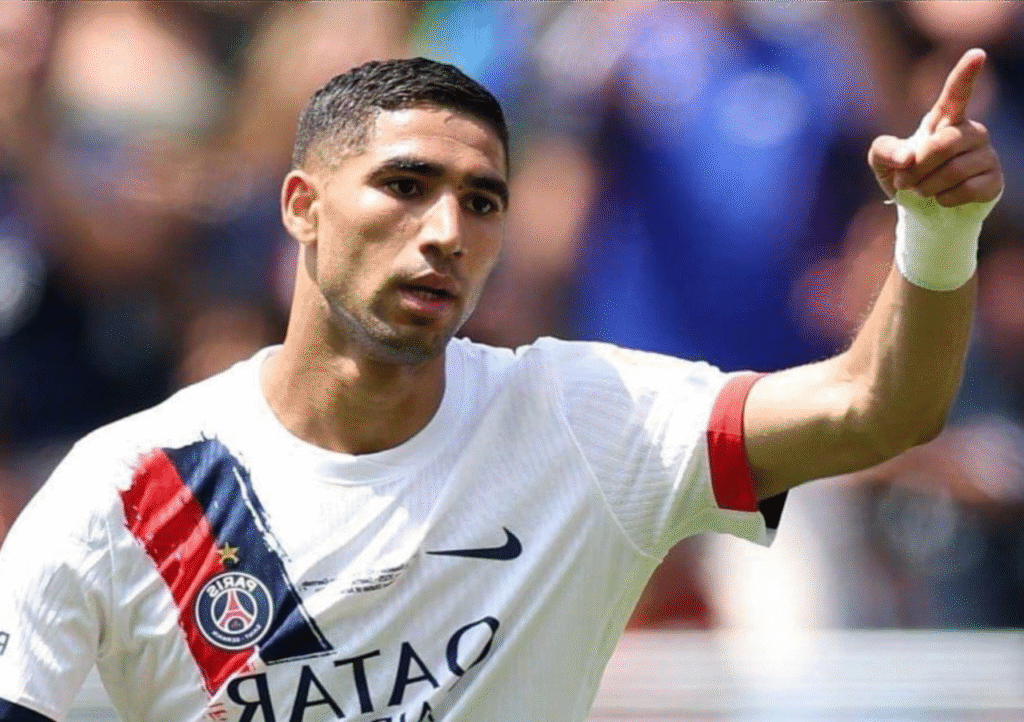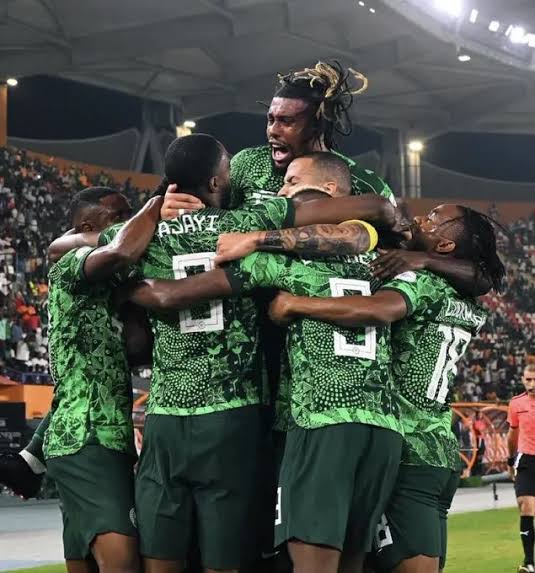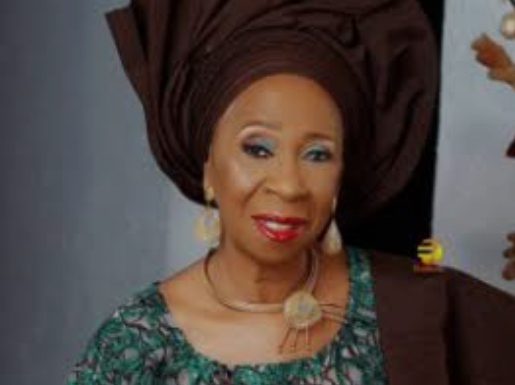Hijab and FIFA: Dissecting the pros and cons as Morocco’s Benzina makes history

FIFA Nouhaila Benzina
In 2014, the world’s governing body of football, FIFA, took the historic choice to permit Muslim female players to cover their heads during games. Prior to the decision, Muslim women were prohibited from playing competitive football while wearing hijab.
It was a landmark move that not only altered football as we know it but also profoundly impacted Muslim women all around the world.
Conversations around the decision surfaced recently after Morocco’s Nouhaila Benzina became the first player to wear a hijab during a Women’s World Cup game. Benzina donned the Muslim headscarf in Morocco’s match against South Korea.
In this article, CrispNG examines the origin of the ban, the fight to get it lifted, and the benefits it has brought to Muslim women playing football.
We will also discuss the value of diversity in sports, the mixed opinions of football fans on the development, and the precedence that FIFA’s decision has established.
Sports have always been a place where barriers can be broken down and social conventions may be challenged. The restriction on the hijab, the Islamic headscarf worn by Muslim women, has long been a source of discussion and controversy in the world of women’s football. The FIFA restriction, which was issued, aroused a lot of controversy and criticism because it created a barrier for Muslim women who wanted to play football while adhering to their religious views.
The contentious restriction, which went into effect in 2007, forbade women from donning the hijab during matches that were officially sanctioned by FIFA. FIFA claimed that the headscarf created a potential risk of harm to players, which was the main justification for the ban.
The Muslim community fiercely opposed this judgment, arguing that it violated their right to religious freedom and prevented them from enjoying the sport they loved on an equitable basis.
The FIFA rules were criticized for being inconsistent because other religious symbols like turbans, kippahs, and crosses were permitted on the pitch. Many people believed the prohibition to be discriminatory because it singled out a particular religious community and made it difficult for them to enjoy football to the fullest without jeopardizing their beliefs.
Numerous campaigns and activities have been started over the years to oppose the prohibition and demand that it be reviewed. Muslim female athletes, advocates, and human rights organizations repeated the demand for equality and inclusion in the football community.
Thankfully, FIFA finally acknowledged the need for reform in 2014 and abolished the hijab ban. By permitting Muslim women to play football openly while maintaining their religious convictions, this ruling represented a landmark victory in the battle against religious discrimination in sports.
It served as a testament to the effectiveness of group campaigning and the capacity of governing bodies to change and advance inclusivity. Numerous gifted Muslim female football players now have the opportunity to compete internationally and advance the sport thanks to the abolition of the hijab ban.
They not only won, but also the values of equality, respect, and diversity that FIFA upholds. Hijab is prohibited in women’s football, and On the other hand, supporters of the ban cited concerns about safety and uniformity.
They argued that the hijab could potentially pose a safety risk on the field, such as being pulled by opponents during the game. Additionally, they believed that allowing religious head coverings would set a precedent for other religious and cultural accessories, which could lead to a lack of uniformity among players.
These arguments sparked contentious debates and court cases all across the world. While some football associations enforced and sustained the ban, others argued that it should be lifted. FIFA, the world’s governing body for football, first upheld the ban due to safety concerns, which is when the debate peaked.
The debate and discussions about the ban brought attention to the more general problem of religious liberty and cultural diversity in sports. The discussion acted as a catalyst for change, forcing the government to review its regulations and adopt a more open-minded strategy.
The decision to permit the hijab in women’s football not only provided opportunities for Muslim female players but also established a standard for other organizations and sports to review their own rules and promote inclusivity and diversity.
The fight for change inside FIFA over the hijab in women’s football was greatly aided by advocacy groups. Numerous groups and individuals have persistently fought for inclusion and the acknowledgment of cultural and religious diversity within the sport over the years.
The decision by FIFA to permit the hijab in women’s football has important ramifications and is extremely important. It removes obstacles that have long prevented Muslim women from participating in the sport, fostering diversity and inclusion within the football community.
One of the major implications of this decision is the empowerment of Muslim women athletes. For years, Muslim women who choose to wear hijab faced challenges and restrictions when it came to participating in sports, including football.
The lifting of this ban by FIFA opens doors for these women, providing them with equal opportunities to showcase their talent and pursue their passion for the game. It sends a powerful message of acceptance and respect for cultural and religious diversity within the sporting world.
The choice has wider ramifications for women’s rights and gender equality. FIFA acknowledges the rights of Muslim women to freely express their religious views while participating in sports by allowing the hijab in women’s football.
It fights prejudices and stereotypes and advocates for a more accepting society where women from all origins can succeed in their chosen professions.
Although FIFA’s decision to permit the hijab in women’s football was a big step in the direction of tolerance and diversity, it wasn’t without its share of difficulties and criticisms.
The worry about safety was one of the biggest issues. Some people made the case that football players might be at risk if they were to wear the hijab while engaging in such strenuous physical activity. They voiced worries regarding the potential spread of the hijab.
The claim that permitting religious symbols in sports could blur the line between politics and athletics emerged as another complaint.
Sports, according to critics, should be a place of neutrality where people gather to compete simply on the basis of their skills and abilities, free from any outside affiliations or demonstrations of religious identity.
They were concerned that the hijab may serve as a model for other religious symbols to be incorporated into sports, which might result in disputes and splits between teams and leagues.
Furthermore, some critics voiced their worry about possible exploitation or pressure placed on Muslim women to wear the hijab in order to meet social or cultural standards. They thought that allowing the hijab in women’s football may unintentionally reinforce gender stereotypes and restrict Muslim women’s freedom of choice.
Expressing his opinion, Bethel Pedro said “I don’t think there’s anything wrong with it, sports persons should be allowed to dress however they want that would them comfortable to participate in whatever sports they are doing.”
He continued by saying “I think why people are talking about the hijab is because it’s new to them and they are yet to adjust to it. It’s more or less like a player writing “glory to God” on their jersey. Does it make headlines? No. More so, for the Moroccan women player, Benzina who first wore the hijab in a world cup game, it wasn’t just about the hijab; she was fully covered from head to toes.”
Another football fan (name withheld) asked” What if other religious players decide to wear skirts to games as what makes them feel comfortable, what happens then?”
Despite these difficulties and objections, FIFA’s decision to permit the hijab in women’s football was an important step in fostering inclusivity and giving Muslim female players a chance to compete in the sport without having to compromise their religious views.
By questioning established conventions and removing obstacles that would have prevented some people from following their passion for the game, it helped to increase representation and diversity in the world of football.
Furthermore, this choice has implications that go beyond the world of athletics. It encourages conversation about cultural norms and traditions and acts as a catalyst for social change. It motivates cultures to reconsider obsolete assumptions and prejudices, fostering a more accepting and tolerant society for all.
By Ezeh Chimezie Amos




